 - Lang Son possesses a variety of folk songs and dances of ethnic groups that have been passed down to the present day. In recent times, all levels, sectors and localities in the province have been actively preserving, maintaining and promoting their values so that folk songs and dances can increasingly assert their vitality in modern society.
- Lang Son possesses a variety of folk songs and dances of ethnic groups that have been passed down to the present day. In recent times, all levels, sectors and localities in the province have been actively preserving, maintaining and promoting their values so that folk songs and dances can increasingly assert their vitality in modern society.
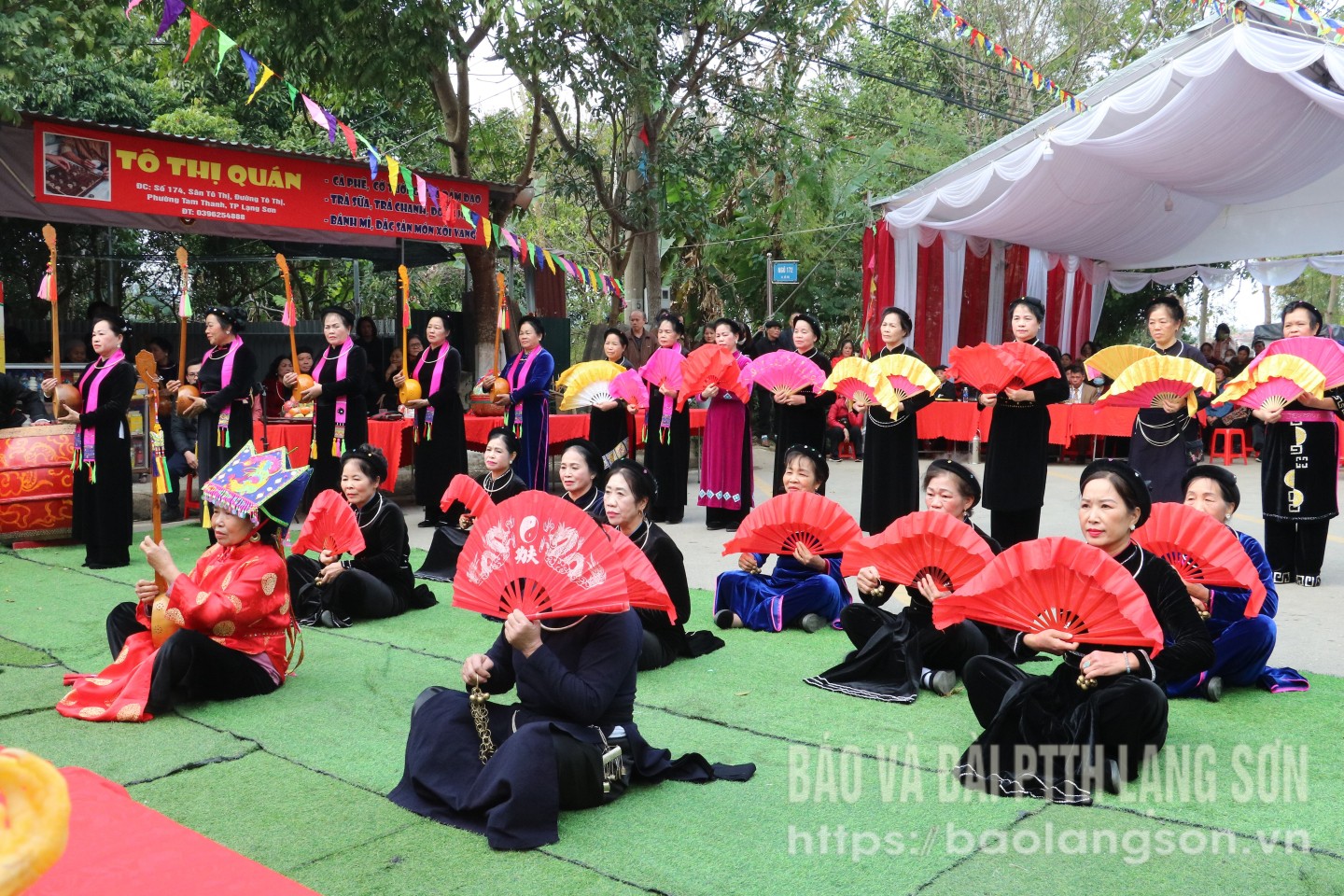
Folk songs and folk dances are both traditional art forms, imbued with the cultural identity of the community, but there are differences in the form of expression. Folk songs are traditional songs and melodies, while folk dances are dances that are passed down through the generations. These are considered valuable cultural heritages, creating the value and identity of each ethnic group in Lang Son, reflecting the creativity of the community in building a life and cultivating spiritual values through many generations.
Unique traditional cultural flow
In Lang Son, a land of many ethnic groups and long-standing cultural identities, folk songs and dances have been deeply rooted in life, becoming a unique "spiritual food" in rituals and daily activities. Typical examples include Then singing and Tinh lute singing, lion and cat dancing of the Tay and Nung people; Pao Dung singing of the Dao people... Through ups and downs, these songs and dances not only reflect the thoughts and feelings of the people but also mirror the history of the land of Lang Son, rich in identity.
The “Then practice” heritage of the Tay and Nung people in Lang Son is a comprehensive folk performance form that serves both the spiritual life and the artistic needs of the people in the province. Currently, the whole province has more than 600 Then practitioners, of which 34 have been awarded the title of People's Artist and Meritorious Artist in two categories: social customs and beliefs; folk performing arts. With its unique artistic values, Then has contributed to nurturing the soul, emotions, will, and aspirations to rise up, building a prosperous and happy life for the Tay and Nung people, passed down from generation to generation.
Meritorious artist Be Thi Van, Na Van village, Tri Phuong commune, Trang Dinh district, who has practiced ancient Then for over 70 years, shared: One of the unique features of Then is the language that contains cultural depth. The content of Then songs all exudes profound humanistic thoughts, containing love for nature, love between couples, the meaning of husband and wife, teaching human morality, praising the village, homeland...
Unlike then singing, sli singing is associated with the daily joys and production of the Nung ethnic group. Sli in Nung means "poetry", sli singing is a form of love singing expressed through verses, performed in the form of male and female couples responding to each other. Usually, sli has 3 basic singing styles: spoken singing (reading poetry); chanting sli (reciting poetry) and dam sli or nam sli (raising the voice to sing). In Lang Son today, popular sli tunes are Nung Chao with sli slinh lang, Nung Phan Slin with sli sloong hao, Nung Inh with Sli Inh, Nung An with hat heo phún. In 2019, the sli singing of the Nung people in Lang Son province was included in the National List of Intangible Cultural Heritage under Decision No. 2966/QD-BVHTTDL of the Ministry of Culture, Sports and Tourism (MOCST). Currently, at Ky Lua markets and on holidays and Tet, sli songs are still echoed by folk song lovers amidst the hustle and bustle of urban life in the center of Lang Son city.
Keeping up with modern life
Faced with the risk of fading away due to the speed of urbanization and the dominance of modern audiovisual culture, in order to preserve and promote the value of traditional folk songs and dances, in recent times, the provincial Department of Culture, Sports and Tourism has had many positive solutions.
Mr. Luu Ba Mac, Deputy Director of the Department of Culture, Sports and Tourism, said: On the basis of closely following the directive documents of the central government and the province, we have been actively implementing many measures such as: promoting propaganda and training; reviewing, inventorying and cataloging folk songs, folk dances and music of ethnic minorities; researching and building a database on intangible cultural heritage of ethnic minorities...; taking the cultural heritage of ethnic groups, especially folk songs and folk dances as the foundation and driving force for tourism development; strengthening the organization of cultural and tourism programs and events on the occasion of major holidays of the province and the country, in which priority is given to the performance of sli and then singing and the performance of the heritage of ethnic minorities in the province...
Accordingly, from 2016 to present, the Department of Culture, Sports and Tourism has presided over and coordinated with the People's Committees of districts and cities to organize training courses on propaganda, dissemination and implementation of the Law on Cultural Heritage and related documents in 11/11 districts and cities for thousands of people. In addition, implementing Project 6 under the National Target Program on Socio-Economic Development of Ethnic Minorities and Mountainous Areas for the 2021-2030 period, from 2022 to present, the Department of Culture, Sports and Tourism has coordinated with functional agencies and authorities of districts and cities to actively implement a number of component sub-projects. In addition, the province has established over 12 mass art clubs following the model of ethnic folk cultural activities, imparting knowledge, practicing performing some types of folk cultural activities... contributing to enriching mass cultural and artistic activities in districts and cities in the province.
In addition, in recent years, folk songs, folk dances, and folk games have been used as materials to stage and compose professional art performances. Accordingly, the team of directors and choreographers of the Provincial Ethnic Arts Troupe has spent a lot of time going to the field in ethnic minority villages to research and collect unique traditional folk songs, folk music, folk dances, and typical festivals, creating the basis for creating professional performing arts works.
A typical example is the "grass-pulling" dance with the image of graceful Nung boys and girls from Lang Son in a traditional folk game that was well received by the audience at the Hang Po festival in Thien Thuat commune, Binh Gia district in May 2024. The performance shows the love of a Nung couple, reflecting the daily life of working people, helping people, especially the younger generation, better understand the culture of the Nung Phan Slinh ethnic group.
Ms. Hoang Thi Ha, Head of the Provincial Ethnic Arts Group, said: We have been paying attention to training and improving the professional capacity of the team of artists and actors; focusing on researching and collecting materials of traditional folk art forms of ethnic groups in the province to compose and choreograph works of art imbued with national identity. At the same time, we are constantly innovating and creating new works of art, harmoniously combining tradition and modernity, meeting the increasing enjoyment needs of the audience.
The journey to preserve the cultural heritage of Lang Son, including folk songs and folk dances, is not only about preserving an art form, but more deeply, about preserving the community’s memory, national identity and cultural pride of a land. In the ever-changing flow of the times, the revival and strong spread of these folk values is a vivid demonstration of the strong vitality of cultural heritage, because “where culture exists, the nation exists”.
Source: https://baolangson.vn/suc-song-di-san-giua-nhip-song-hien-dai-5049174.html


![[Photo] Third session of the Committee for Drafting Amendments and Supplements to a Number of Articles of the 2013 Constitution](https://vphoto.vietnam.vn/thumb/1200x675/vietnam/resource/IMAGE/2025/6/11/16cab51dafc741719485978eb3ed8ce3)


![[Photo] General Secretary To Lam works with Lam Dong, Binh Thuan and Dak Nong provinces](https://vphoto.vietnam.vn/thumb/1200x675/vietnam/resource/IMAGE/2025/6/11/c3e736d90cda4fe78f96c9bfb68d4e0b)


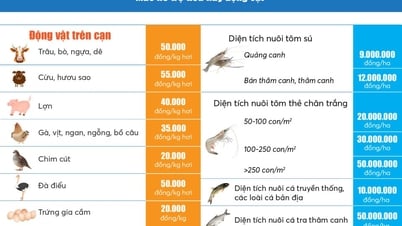





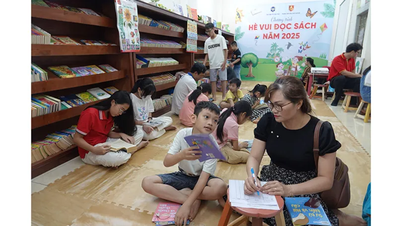
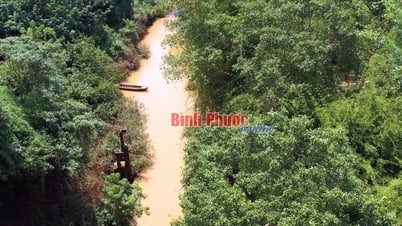






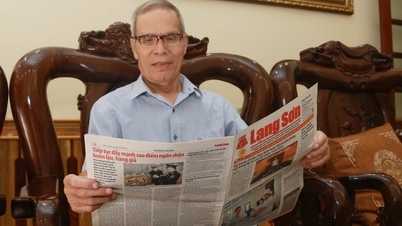
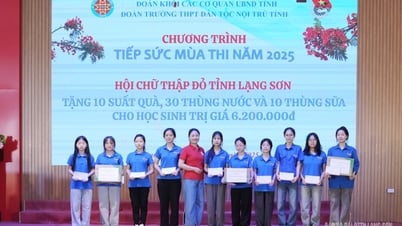
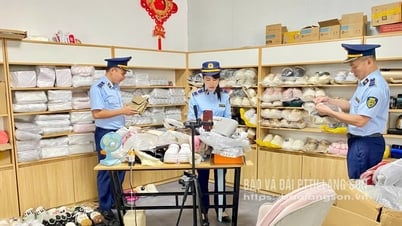
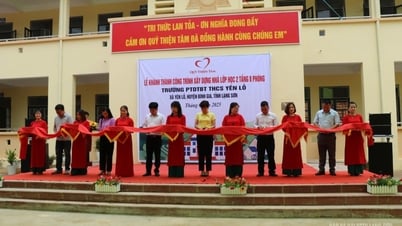



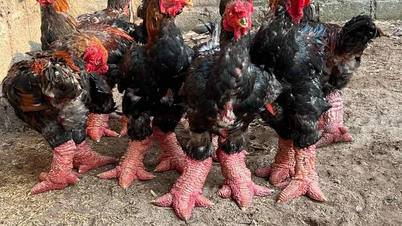

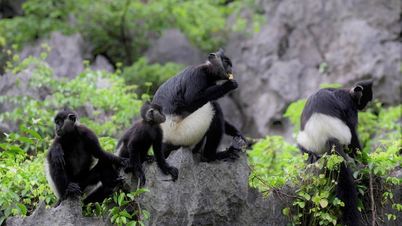



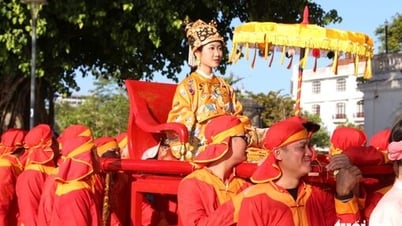

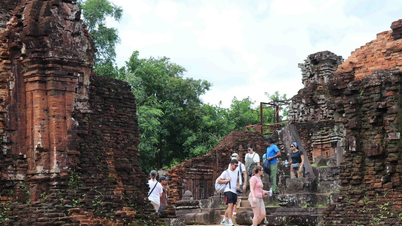



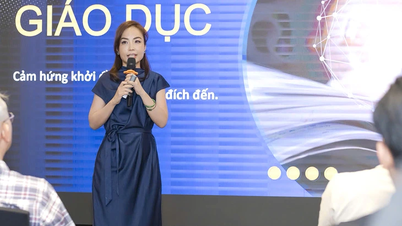
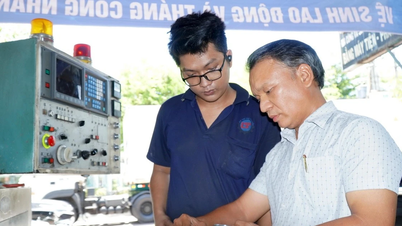


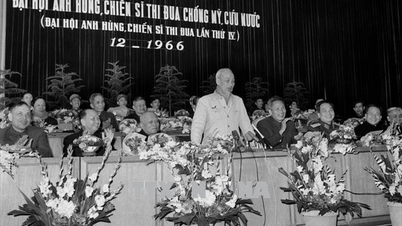


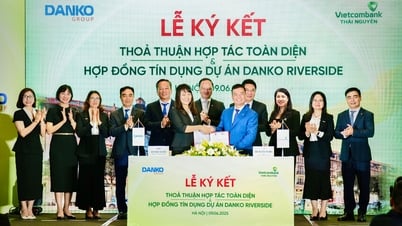



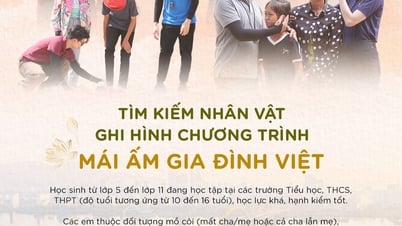






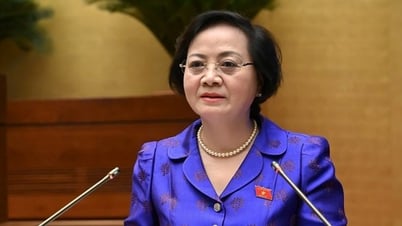


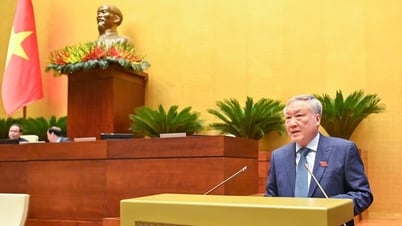
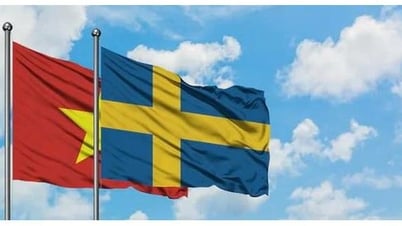
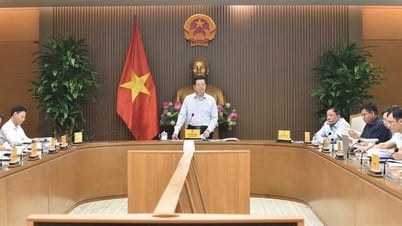





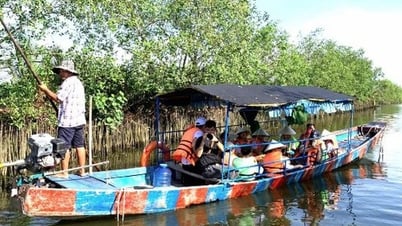
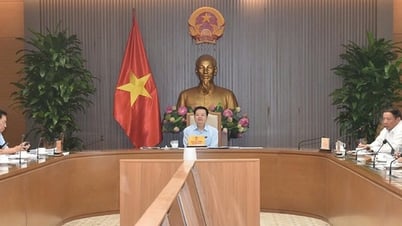


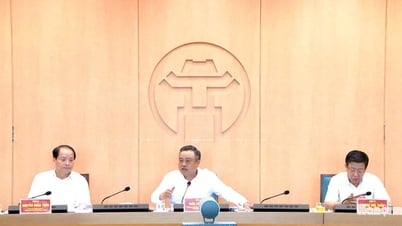

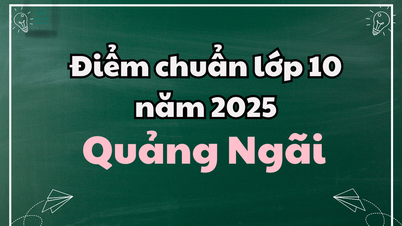
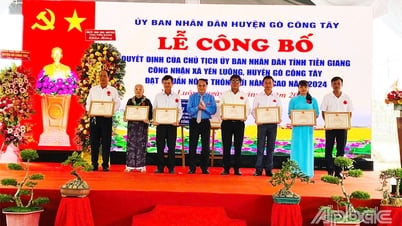

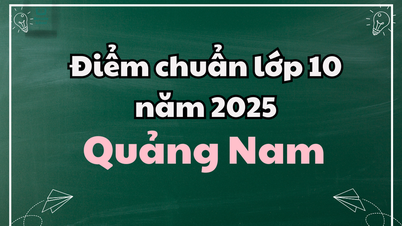
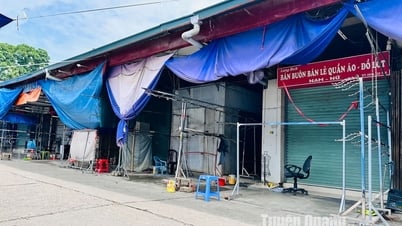

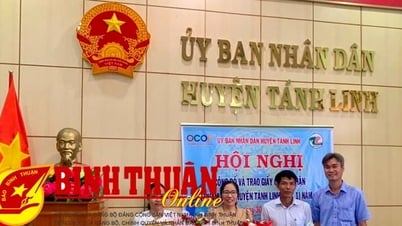


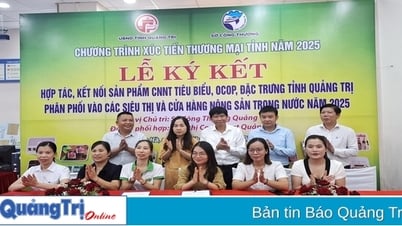

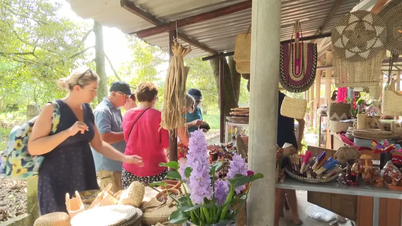
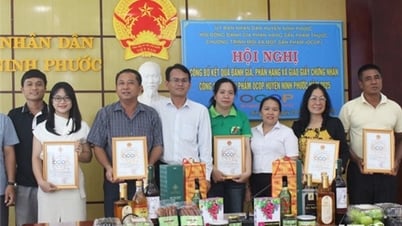

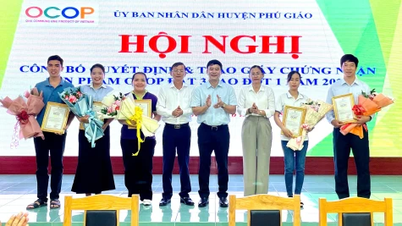


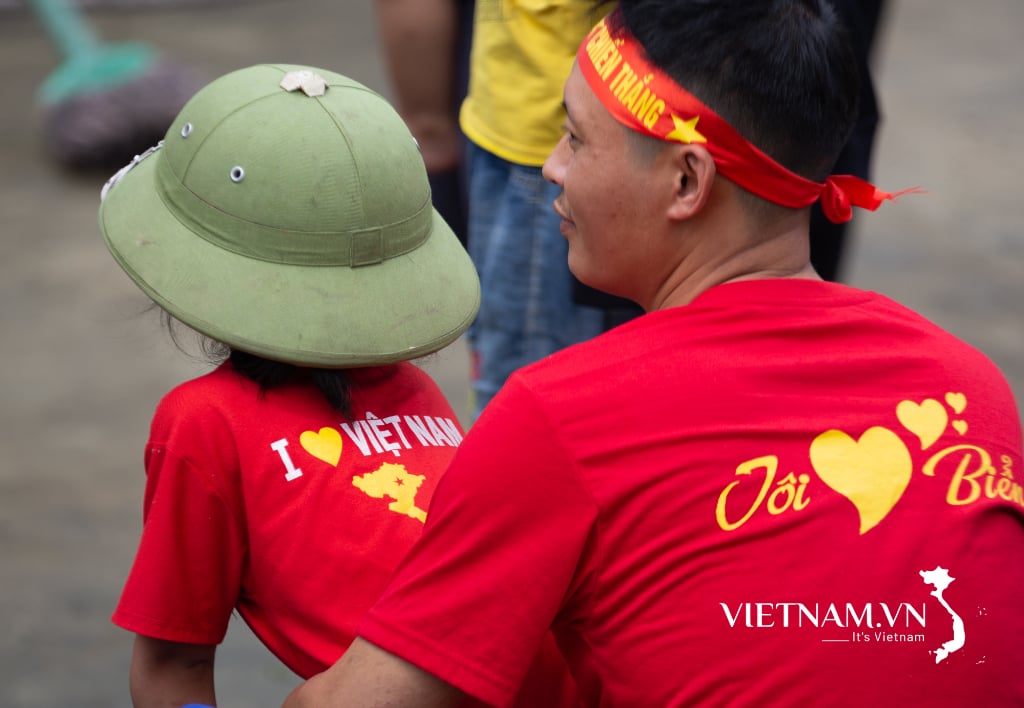

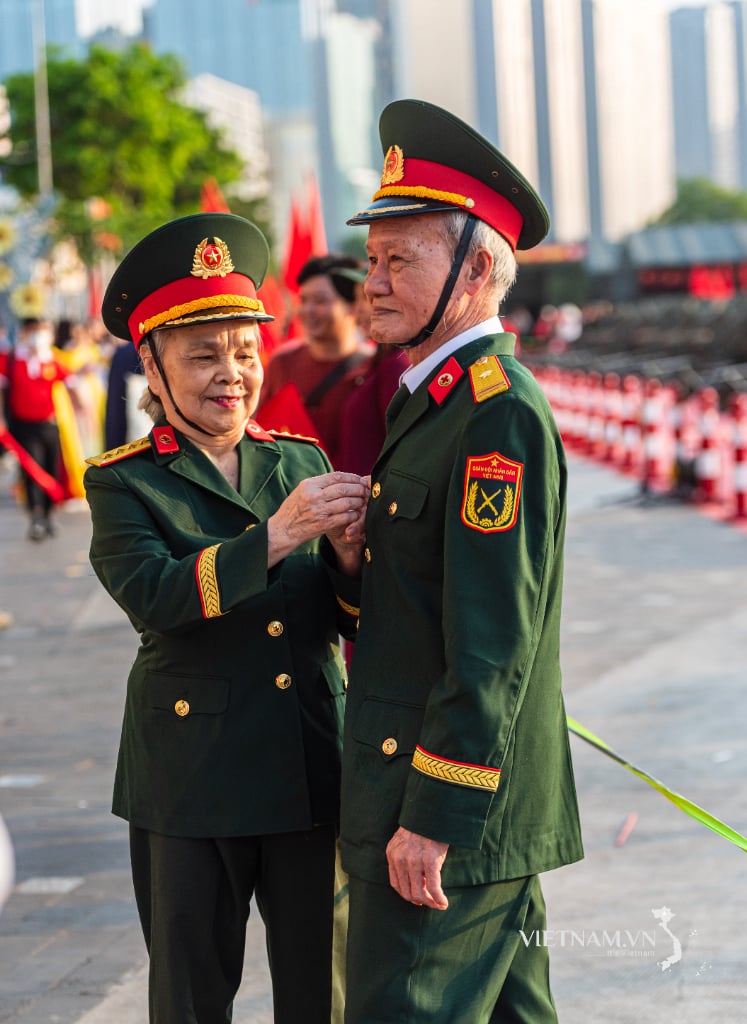
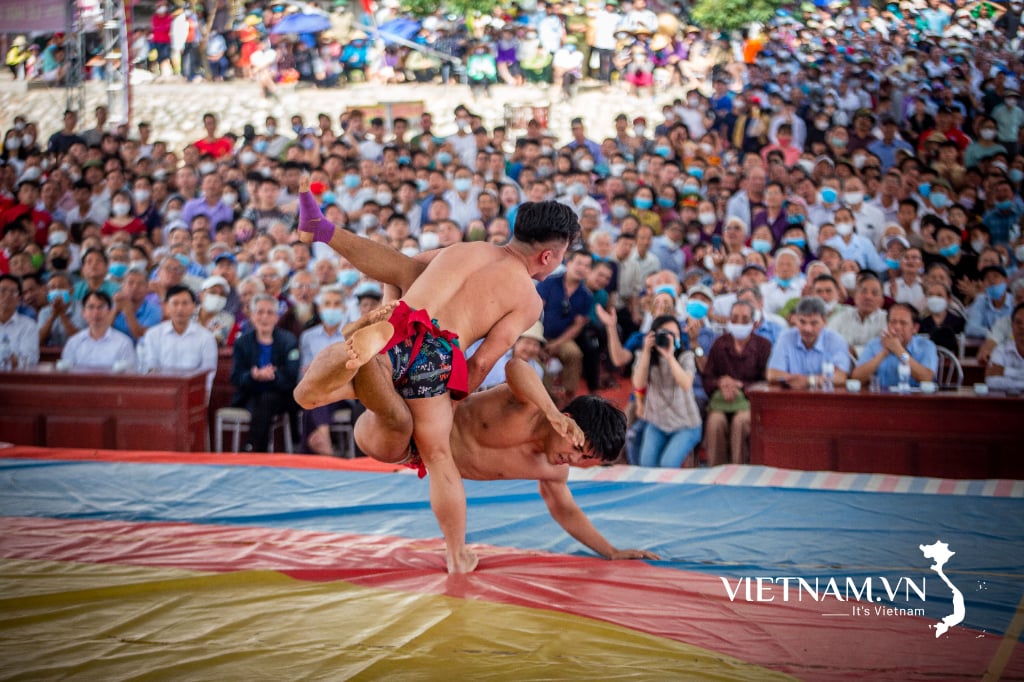
Comment (0)